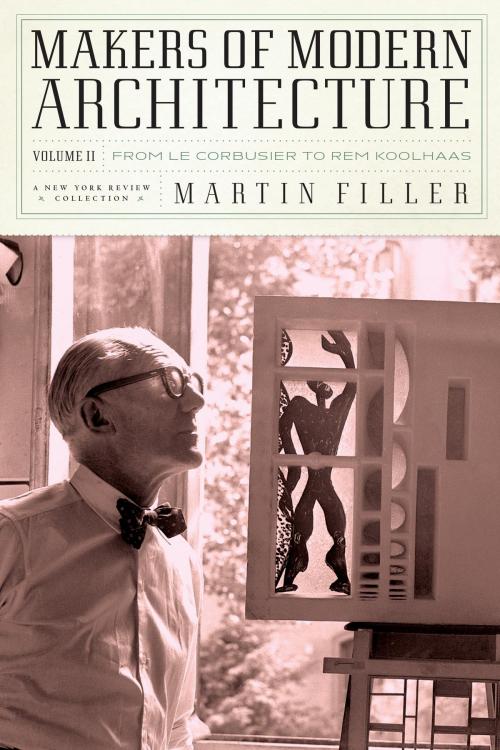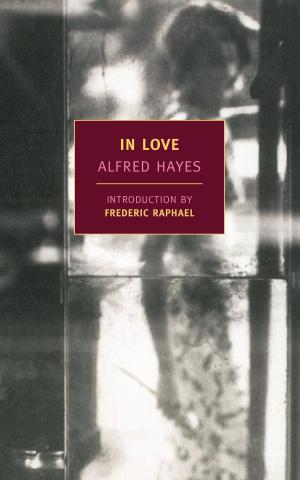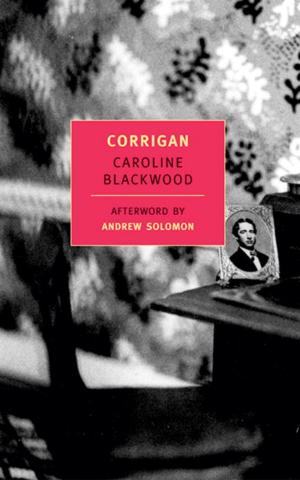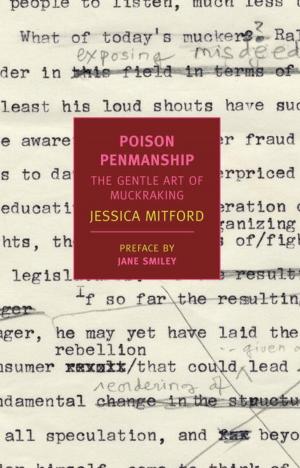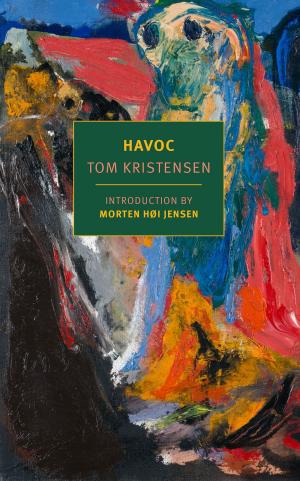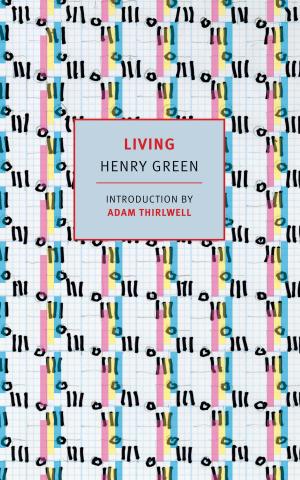Makers of Modern Architecture, Volume II
From Le Corbusier to Rem Koolhaas
Nonfiction, Art & Architecture, Architecture, Individual Architect, History| Author: | Martin Filler | ISBN: | 9781590177013 |
| Publisher: | New York Review Books | Publication: | August 20, 2013 |
| Imprint: | New York Review Books | Language: | English |
| Author: | Martin Filler |
| ISBN: | 9781590177013 |
| Publisher: | New York Review Books |
| Publication: | August 20, 2013 |
| Imprint: | New York Review Books |
| Language: | English |
In the first volume of Makers of Modern Architecture (2007), Martin Filler examined the emergence of that revolutionary new form of building and explored its aesthetic, social, and spiritual aspirations through illuminating studies of some of its most important practitioners, from Louis Sullivan and Frank Lloyd Wright to, in our own time, Renzo Piano and Santiago Calatrava.
Now, in Makers of Modern Architecture, Volume II, Filler continues his investigations into the building art, beginning with the historical eclecticism of McKim, Mead, and White, best remembered today for New York City’s demolished Pennsylvania Station. He surveys the seemingly inexhaustible flow of new books about Wright and Le Corbusier, and continues his commentaries on Piano’s museum buildings with an essay focused on the new Broad Contemporary Art Museum in Los Angeles.
There are less well known subjects here too, from the Frankfurt urban planner Ernst May to Buckminster Fuller, inventor of the geodesic dome. Filler judges Edward Durell Stone—the architect of the U.S. embassy in New Delhi, the Huntington Hartford Museum in New York City, and the Kennedy Center in Washington—to have been “a middling product of his times,” however personally interesting he may have been. And he looks back at James Stirling, who in the 1970s and 1980s was “a veritable rock star of the profession,” responsible for what Filler considers some of the very few worthwhile postmodernist buildings.
The essays collected here are not entirely historical, however. Filler also focuses on some of the most recent projects to have attracted critical and popular attention both in the United States and abroad, including Rem Koolhaas’s CCTV building in Beijing and Bernard Tschumi’s Acropolis Museum in Athens. He argues that Kazuyo Sejima and Ryue Nishizawa’s New Museum in New York City is “one of those rare, clarifying works of architecture that makes most recent buildings of the same sort look suddenly ridiculous.” He calls Tod Williams and Billie Tsien’s brilliant reimagining of the Barnes Collection in Philadelphia “a latter-day miracle...a virtually unimprovable setting” for its art. He finds Michael Arad’s September 11 Memorial at Ground Zero “a sobering, disturbing, heartbreaking, and overwhelming masterpiece.” And he argues that Diller Scofidio + Renfro’s Institute of Contemporary Art in Boston and their work revitalizing the High Line and Lincoln Center in New York make them today’s “shrewdest yet most sympathetic enhancers of the American metropolis.”
Filler remains, in these nineteen essays, a shrewd observer of the pressures on architects and their projects—money, politics, social expectations, even the weight of their own reputations. But his focus is always on the buildings themselves, on their sincerity and directness, on their form and their function, on their capacity to bring delight to the human landscape.
In the first volume of Makers of Modern Architecture (2007), Martin Filler examined the emergence of that revolutionary new form of building and explored its aesthetic, social, and spiritual aspirations through illuminating studies of some of its most important practitioners, from Louis Sullivan and Frank Lloyd Wright to, in our own time, Renzo Piano and Santiago Calatrava.
Now, in Makers of Modern Architecture, Volume II, Filler continues his investigations into the building art, beginning with the historical eclecticism of McKim, Mead, and White, best remembered today for New York City’s demolished Pennsylvania Station. He surveys the seemingly inexhaustible flow of new books about Wright and Le Corbusier, and continues his commentaries on Piano’s museum buildings with an essay focused on the new Broad Contemporary Art Museum in Los Angeles.
There are less well known subjects here too, from the Frankfurt urban planner Ernst May to Buckminster Fuller, inventor of the geodesic dome. Filler judges Edward Durell Stone—the architect of the U.S. embassy in New Delhi, the Huntington Hartford Museum in New York City, and the Kennedy Center in Washington—to have been “a middling product of his times,” however personally interesting he may have been. And he looks back at James Stirling, who in the 1970s and 1980s was “a veritable rock star of the profession,” responsible for what Filler considers some of the very few worthwhile postmodernist buildings.
The essays collected here are not entirely historical, however. Filler also focuses on some of the most recent projects to have attracted critical and popular attention both in the United States and abroad, including Rem Koolhaas’s CCTV building in Beijing and Bernard Tschumi’s Acropolis Museum in Athens. He argues that Kazuyo Sejima and Ryue Nishizawa’s New Museum in New York City is “one of those rare, clarifying works of architecture that makes most recent buildings of the same sort look suddenly ridiculous.” He calls Tod Williams and Billie Tsien’s brilliant reimagining of the Barnes Collection in Philadelphia “a latter-day miracle...a virtually unimprovable setting” for its art. He finds Michael Arad’s September 11 Memorial at Ground Zero “a sobering, disturbing, heartbreaking, and overwhelming masterpiece.” And he argues that Diller Scofidio + Renfro’s Institute of Contemporary Art in Boston and their work revitalizing the High Line and Lincoln Center in New York make them today’s “shrewdest yet most sympathetic enhancers of the American metropolis.”
Filler remains, in these nineteen essays, a shrewd observer of the pressures on architects and their projects—money, politics, social expectations, even the weight of their own reputations. But his focus is always on the buildings themselves, on their sincerity and directness, on their form and their function, on their capacity to bring delight to the human landscape.
